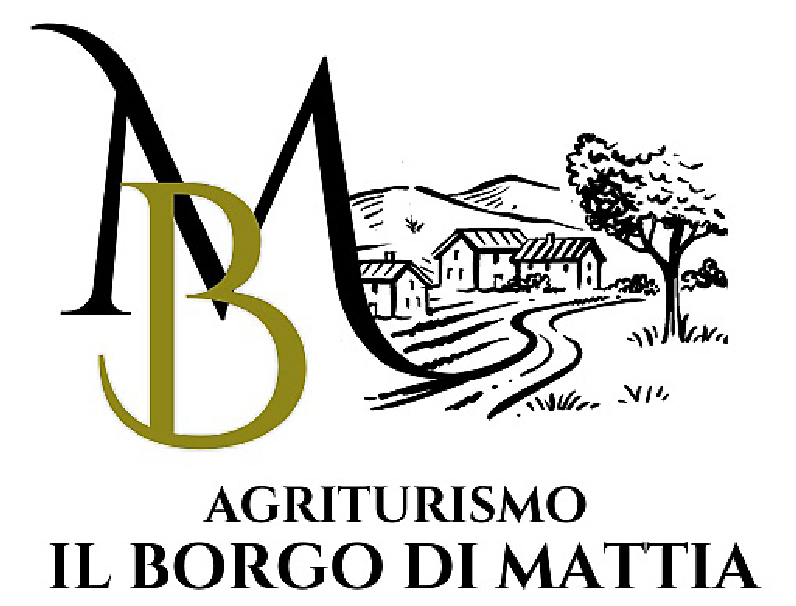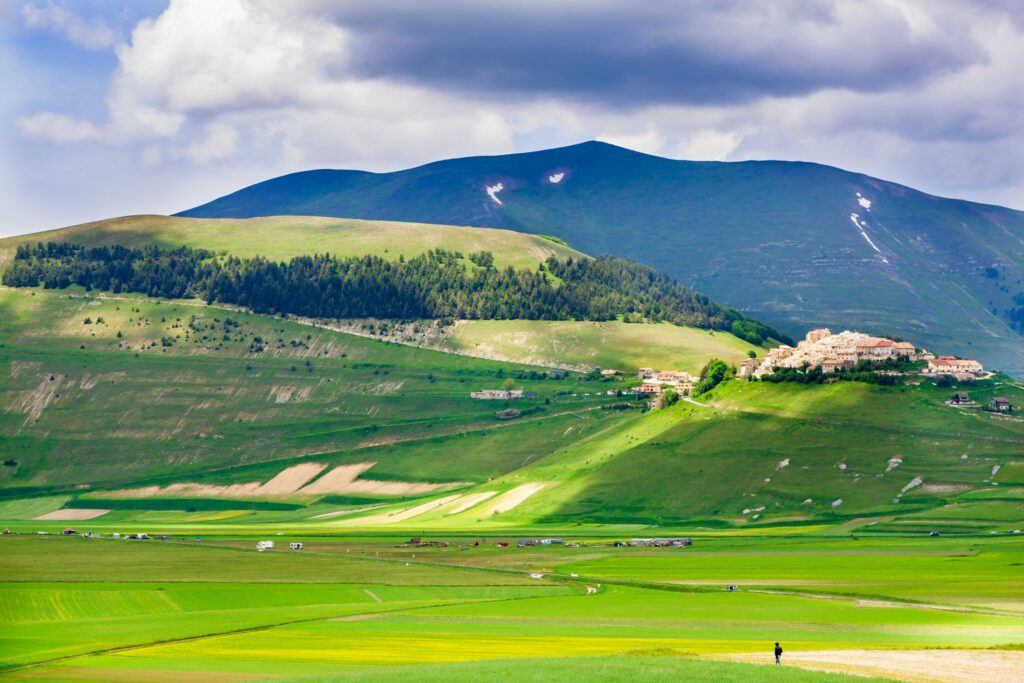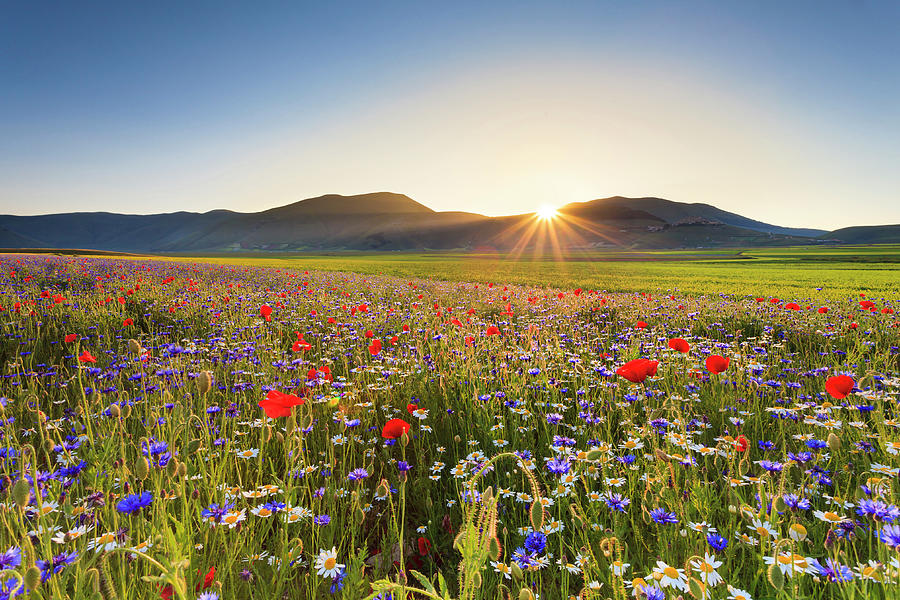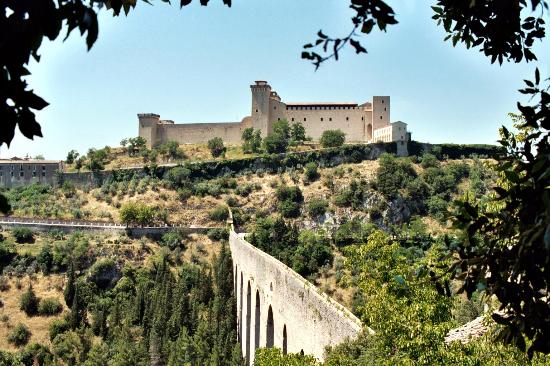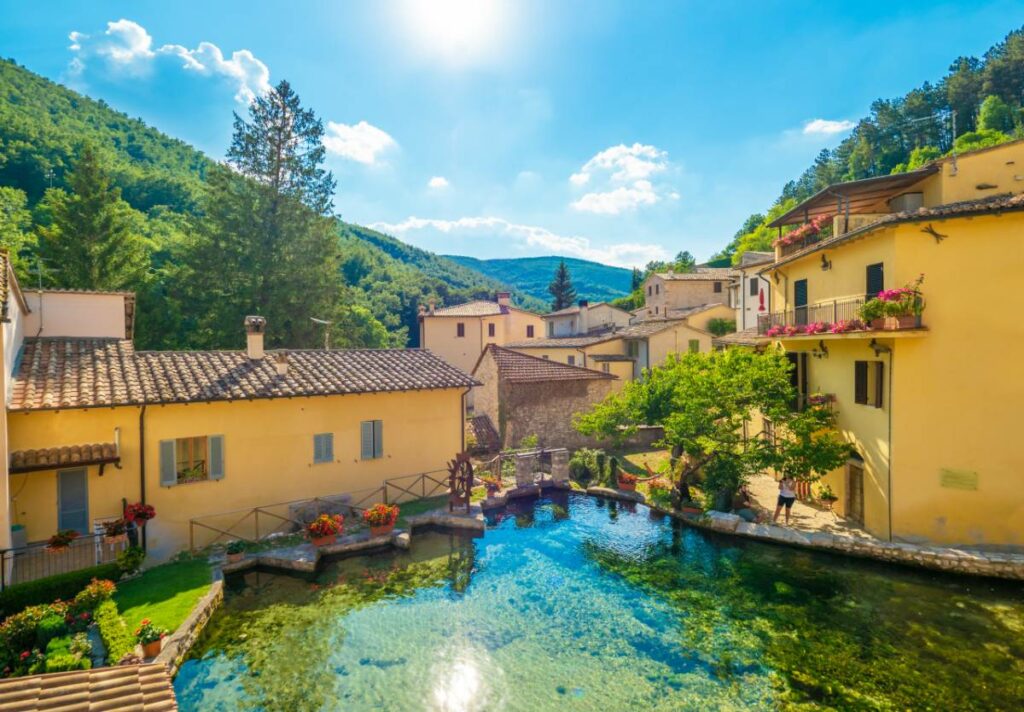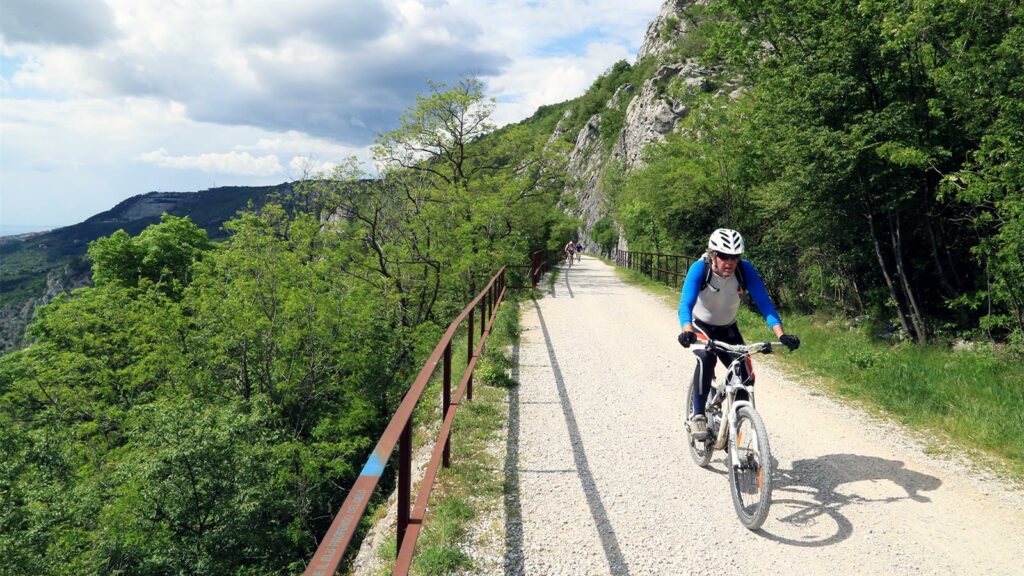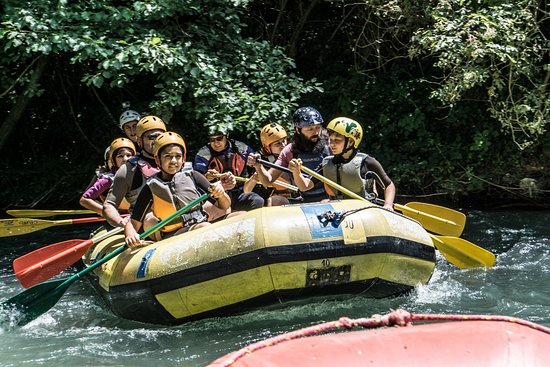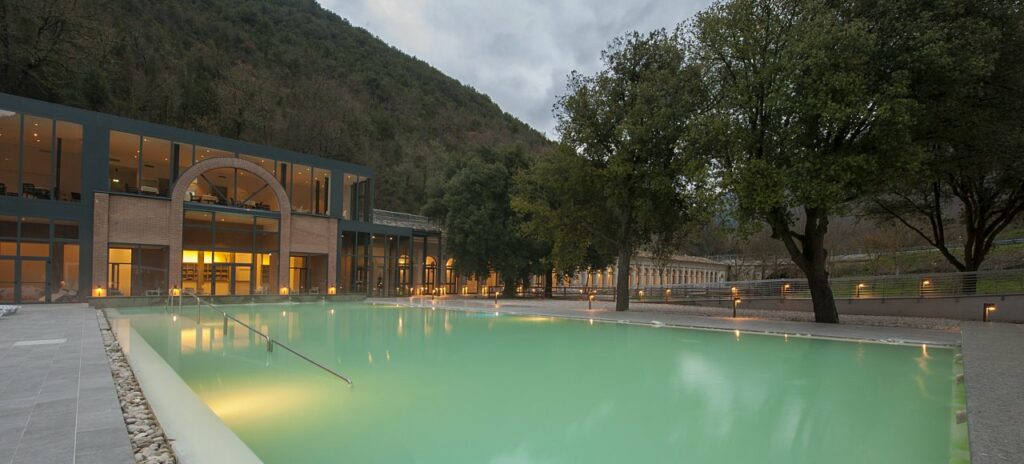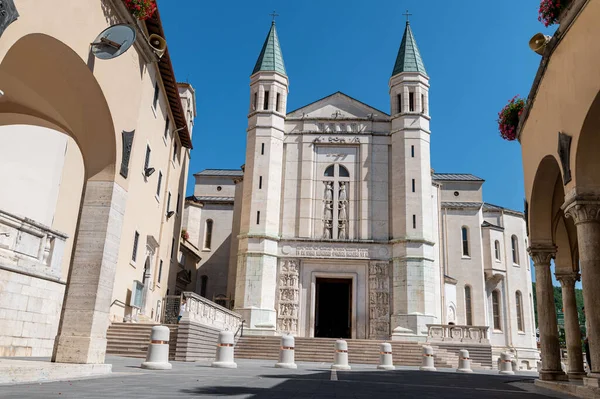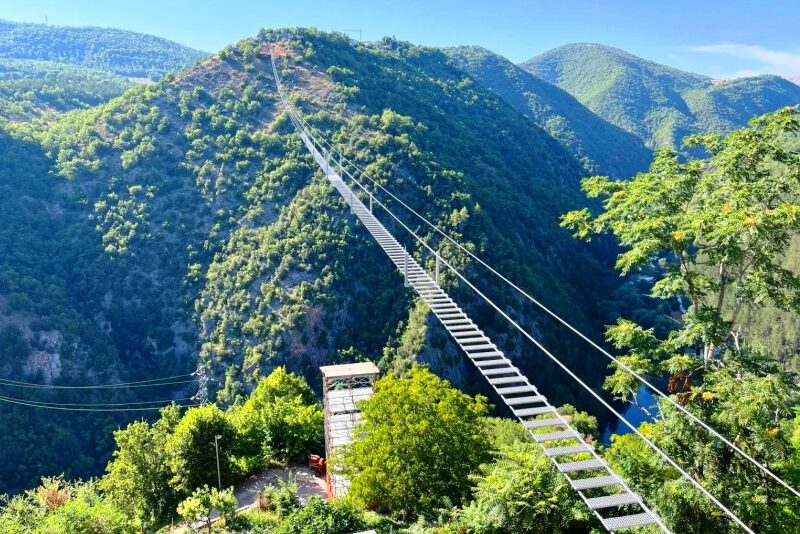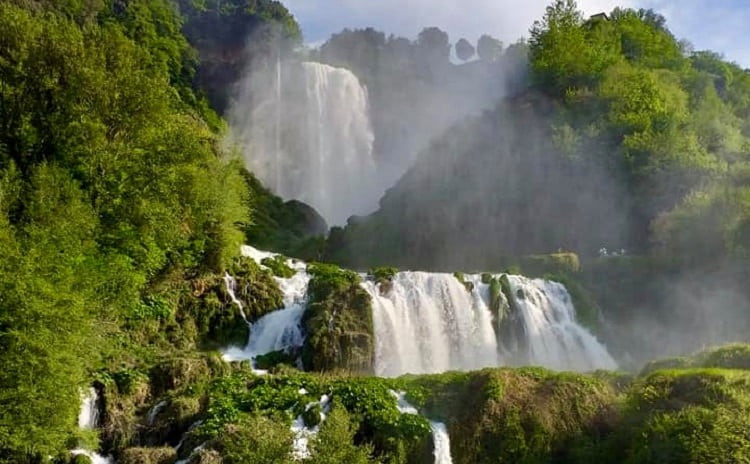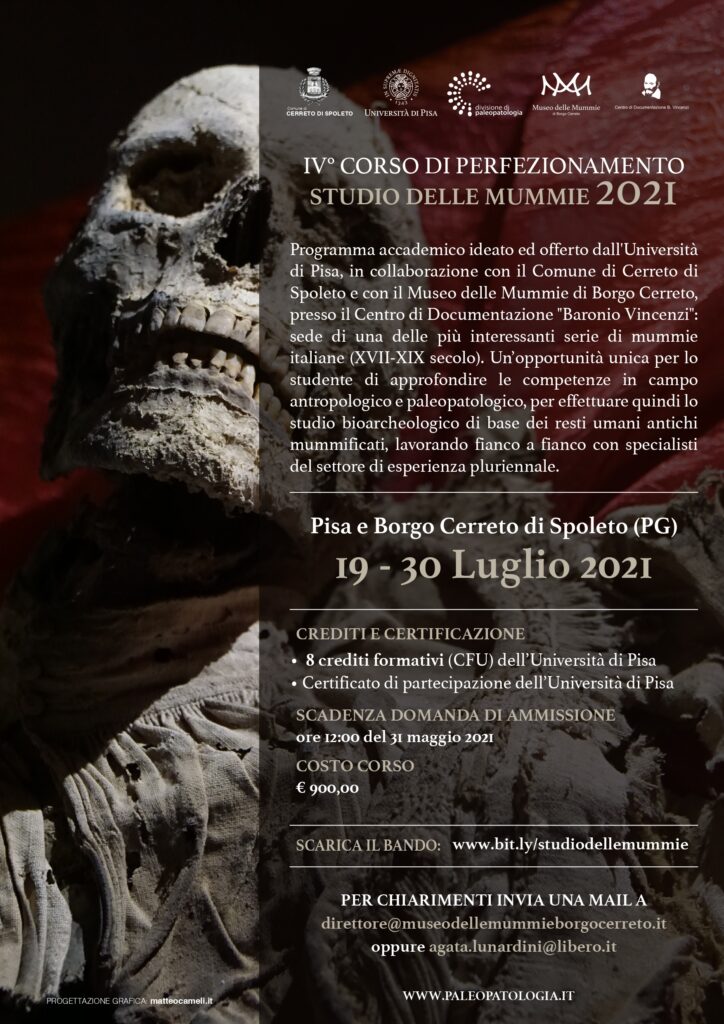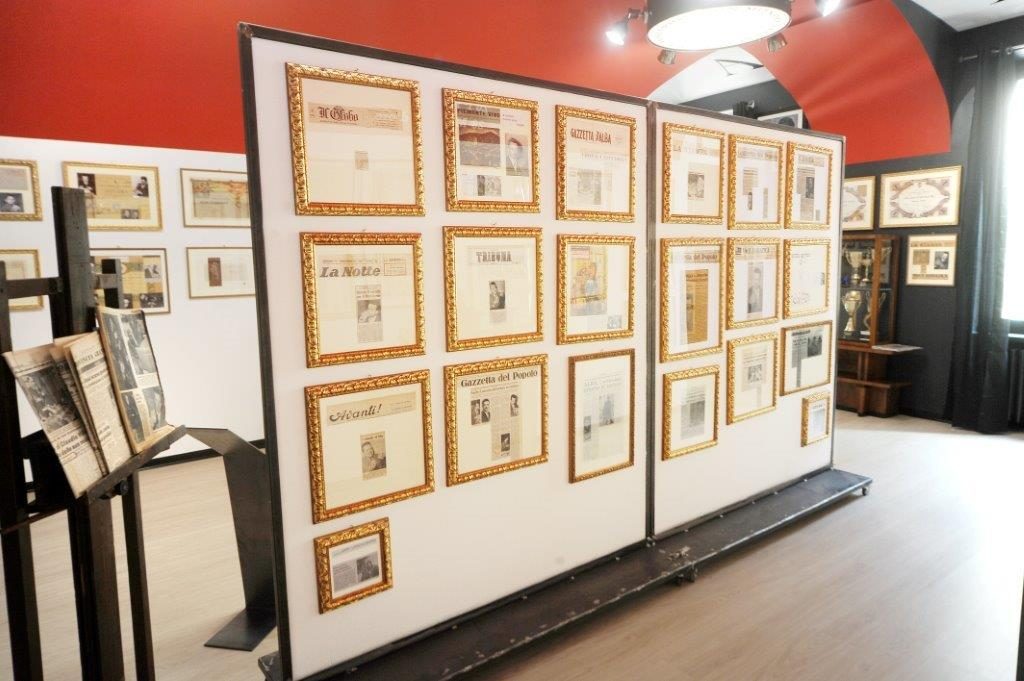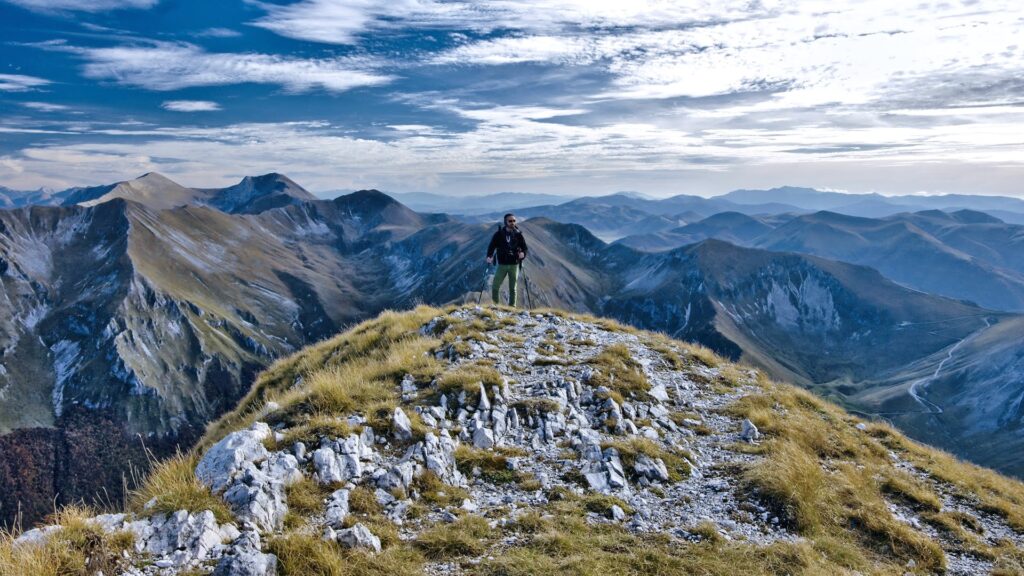Places to visit
We are in an area full of places to visit and activities for people of all ages. These are the places we most recommend, with a small description and how many kilometers it is located from us. Find the most suitable one for you:
Norcia
Formerly called Nursia, Norcia is located in the heart of Valnerina, on the western wall of the Santa Scolastica plain, just over 600 meters above sea level, in the center of an area rich in archaeological evidence which confirms the presence of man since Middle Paleolithic.
- Municipality of Norcia
In addition to visiting the historic city, it is possible to take long walks surrounded by nature or try typical culinary products.
- 23 km
- Nature trails
- Medieval village
- Culinary specialties
Castelluccio di Norcia
At 1,452 meters above sea level, Castelluccio di Norcia is one of the highest settlements in the Apennines, reachable via an incredible panoramic road.
Located on a hill within the Sibillini Mountains National Park in Umbria, this small village of just over 100 inhabitants is located above the "Piano Grande" (1270 m), one of the three karst plateaus that surround Castelluccio, the others two are Pian Piccolo and Pian Perduto; once the bottom of an ancient Apennine lake, they contain underground water reserves.
Every year, from the end of May to July, the plain is transformed into a carpet of colorful flowers, a spectacular spectacle of nature called "La Fiorita", when lentils (for which Castelluccio is famous) bloom, together with poppies, cornflowers, daisies, wild mustard, orchids and other flowers.
- 25 km
- Nature trails
- Medieval village
- Culinary specialties
Spoleto
Spoleto is an ancient city located in the province of Perugia, at the foot of the Apennines. Considered one of the most important tourist and artistic centers in the region, Spoleto is famous throughout the world for the Festival dei Due Mondi, which began in 1958, during which theater, opera and ballet performances of the highest level take place.
Of great interest: the Cathedral, the Arch of Drusus and San Gregorio Maggiore.
Rasiglia
Rasiglia is also known as the "Village of streams" or "Venice of Umbria", due to the waterways that cross the small center of the hamlet: thanks to them a flourishing textile industry developed since the Middle Ages, which he exploited its energy to move the looms.
Old railway cycle path
In 1926 the railway line connecting the city of Spoleto with Norcia was inaugurated. At the time it represented a small jewel of railway engineering: along a route of just over 50 kilometres, 19 tunnels, 24 bridges and viaducts of great architectural value were built, with sections of helical line and gradients of up to 4.5%.
The railway was closed in 1968 and, after many years of inactivity, in July 2014 a cycle and pedestrian path was opened on the route of the old railway, which can be traveled up to Piedipaterno.
The route is characterized by narrow gorges, high mountain landscapes with slight slopes, until it reaches its maximum altitude at the point where the Caprareccia tunnel is located.
Rafting in canoa
The river activities are accessible to everyone, do not require particular technical or physical preparation and are also suitable for children (from 4 years old). You will be provided with full equipment and will only need to bring a swimsuit.
Baths of Triponzo
The Baths of Triponzo, in the Aeneid, are the place where the crystalline water of the Nera river mixes with the sulphurous and white waters of the thermal waters. Built in Umbria in 1887 on an ancient Roman structure, it is located in the heart of Valnerina, surrounded and protected by woods and centuries-old trees. In this magical place, full of charm and history, nature offers health and well-being, ingredients for unique experiences, experimenting with the energy of water and the effectiveness of bionatural treatments.
Cascia
The Basilica of Santa Rita da Cascia is an important religious destination in Umbria, furthermore in the city the excellent medieval architecture is worth seeing: the Gothic church of San Francesco, which is striking for the beauty of the rose window and the pointed door, the church of . Antonio Abate, originally from the 1400s but restored and modified in the Baroque period, which inside presents a cycle of canvases on the history of the Saint. The collegiate church of Santa Maria, one of the oldest buildings in the city, dates back to the Lombard period, although it has been significantly modified by the damage caused by the earthquakes that characterize the geological history of these lands. Inside you can admire evocative works such as the lignified Crucifix from the 1400.
The church of S. Agostino is also from the Gothic era, inside which there are magnificent examples of frescoes from the Umbrian and Perugian schools.
- 28 km
- Nature trails
- Medieval village
- Religious destination
Sellano Tibetan Bridge
The Tibetan Bridge of Sellano is a unique attraction for those visiting Umbria. This bridge, which connects Sellano to the hamlet of Montesanto, extends across the void for 517 meters at a height of 175 meters above the valley of the Vigi river. With 1023 steps required to cross it, it is, together with the Tibetan bridge in Arouca, Portugal, the highest in Europe.
This magnificent work of engineering can be explored in maximum safety by everyone: expert hikers, intrepid young people, but also families and groups of friends.
The Tibetan bridge is located exactly in the historic center of Sellano, halfway between the cities of Foligno and Spoleto. Its accessibility allows you to plan a holiday or a weekend in the wonderful and wild Umbrian Apennines and live a different experience, without too many vicissitudes.
- 12 km
- Nature trails
- Medieval village
Marmore Waterfalls
To admire the falls of the waterfall it is possible to enter from two different points: the Lower Belvedere and the Upper Belvedere. The Upper Belvedere, which is located at the end of the homonymous village of Marmore on the road leading to Piediluco, offers a spectacular view of the first jump, while from the Lower Belvedere on the road leading to Valnerina it is possible to have a total overview of the waterfall and admire it in all its majesty.
If you are planning a visit to the area, it is a mandatory stop.
To admire the falls of the waterfall it is possible to enter from two different points: the Lower Belvedere and the Upper Belvedere. The Upper Belvedere, which is located at the end of the homonymous village of Marmore on the road leading to Piediluco, offers a spectacular view of the first jump, while from the Lower Belvedere on the road leading to Valnerina it is possible to have a total overview of the waterfall and admire it in all its majesty.
Borgo Cerreto Mummy Museum
The “Baronio Vincenzi” documentation center is a scientific and cultural center that was born from an initial collection of anthropological and customs history finds, linked to the life and activity of the doctor Baronio Vincenzi. The center is home to the widespread museum of the Municipality of Cerreto di Spoleto which collects archaeological, historical, anthropological and environmental evidence in the multiplicity of their aspects. The three levels of the building were intended to house three sections of the Centre: a multipurpose room, two exhibition rooms for anthropological finds and, in the lowest level, a permanent laboratory for the study of mummies. The exhibition on the mummies of Borgo Cerreto presents some aspects of life in the medieval village through the mummified bodies of some of its inhabitants, found in the crypts of the Church of SS. Jesus and Mary. These are the mummies of twenty-three individuals: nine men, six women, a teenager, five children and two newborns, eleven of which are still in their original wooden cases. This is valuable study material as it is not decontextualized. The state of conservation of the bodies appears very diverse: eight mummies are well preserved, seven partially and eight skeletonized.
The study of the clothes and personal items, together with the typology of the coffins, has allowed us to date the burials between the first half of the 18th century and the first half of the 19th century. The studies conducted on the mummies and other finds have revealed details of the daily life, diet, illnesses and surgical practices of a small human community that lived and developed among the houses, alleys, buildings and fields of a corner of the Valnerina.
Truffle Museum
Inside the Museum you can relive the history of the Urbani family and the great events that happened over the years.
There are ancient handwritten invoices, telegrams and even personal letters received from the United States in the museum.
There are many objects from the past present in the rooms, such as the first improvised hand wash houses in the home-company of Carlo Urbani and his wife Olga, or the letter of thanks from President Ronald Reagan for those 1.1 KG of truffles sent by the brothers Bruno and Paolo.
The museum from the first steps taken by the Urbani family in the past, reaches the "Truffle Brotherhood", founded in the 80s, and the recognition of the Knighthood of Labor to Paolo Urbani in 1996.
Sibillini Mountains
National Park
The park includes an area of over 70,000 hectares forged by the forces of nature and painted at times by millennia of local history and culture where, even today, the magical presence of the mythical Sibyl is perceived, memories of ancient rites hover and evocative legends are handed down.
The Sibillini constitute a mountain chain of purely calcareous origin which has been profoundly shaped by the action of the Quaternary glaciers, whose traces are recognizable in the splendid glacial cirques of Monte Vettore, Monte Bove, the upper Ambro Valley, the Val of Tela (Monte Rotondo) and in the U-shaped valleys below. The karst phenomena are also particularly evident in the plains of Castelluccio and in the numerous sinkholes located in the upper Val di Panico, in that of the Ambro, in Palazzo Borghese as well as in the furrows and cavities of the rock walls of the main valleys where the massive limestone emerges , such as the Tenna, Ambro and Fiastrone Valleys.
